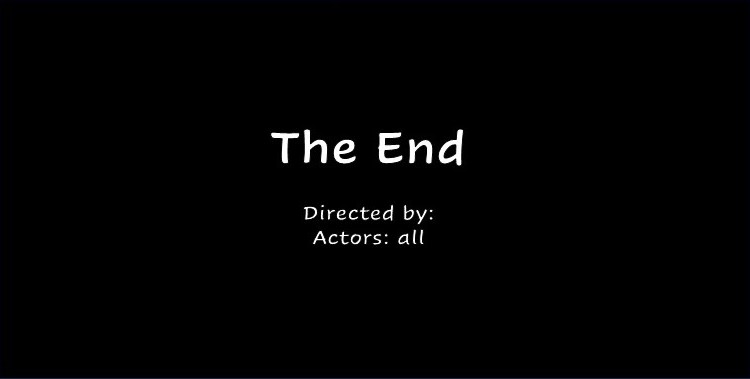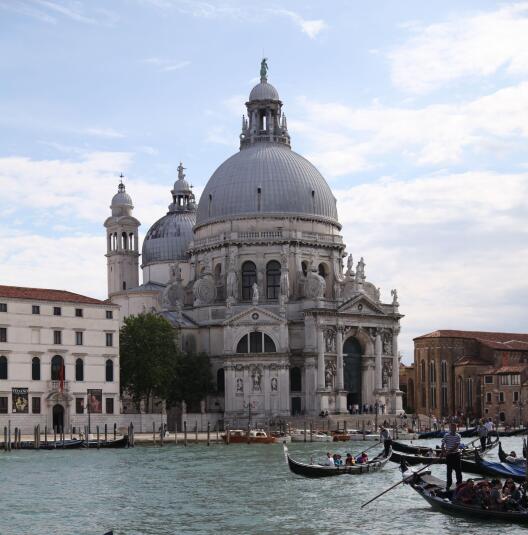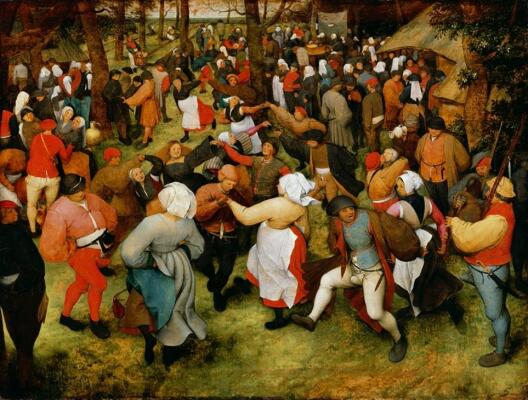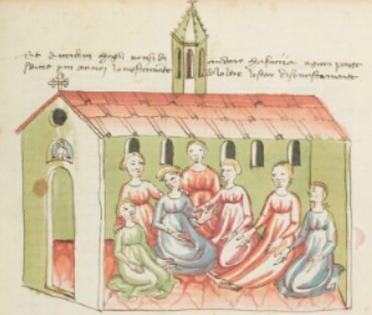Epidemics: The end
Dossier "Epidemics. Perspectives from cultural studies"

The virologist Christian Drosten announced the end of the pandemic at the end of December 2022, and all regulations have now disappeared. But people are still becoming infected, and the occasional person can still be seen wearing a mask in public. So, is the pandemic over or not? It is said that we will simply have to live with Covid, and that the virus will become endemic – just like a “normal” virus. Three years of Covid is a long time. The question is whether this period and its restrictions have changed society and people’s lives, and how, and what the end of this period, which is somehow also not an end, means for people. The articles in this dossier explore how literature and the visual arts deal with the end of epidemics, which patterns of interpretation are invoked, and which modes of representation are employed.




